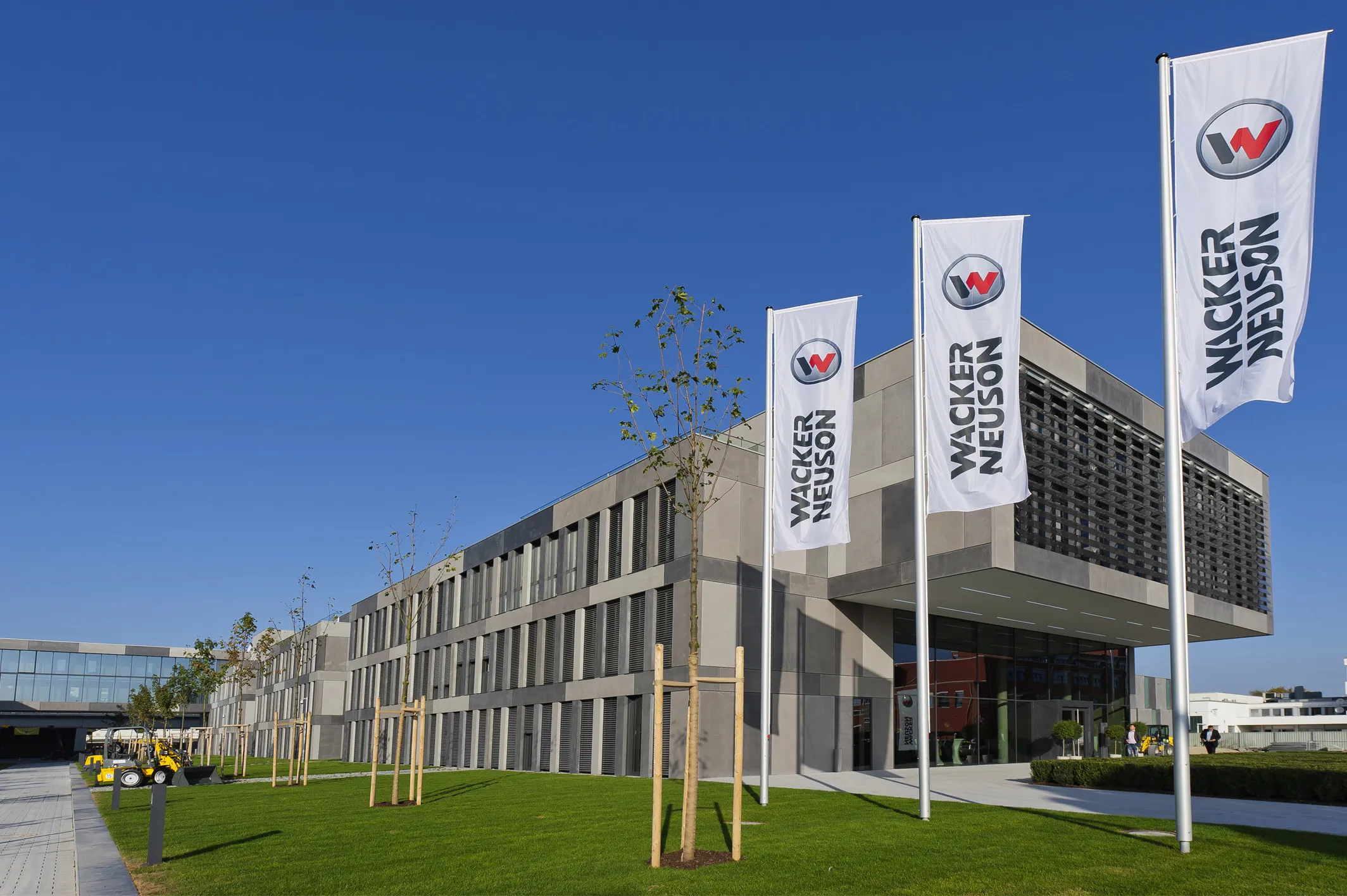718 Liebherr reports steady growth in 2010, with turnover increasing 9%, a growth in its workforce and company investments of €544.1 million. The world economy grew 5% in 2010, overcoming the financial and economic crisis. But while there was growth in trade volume in threshold countries, the upward trend in industrial nations was less pronounced. World trade expanded exceptionally strongly in 2010, by 12 %. 718 Liebherr has benefited from continuing demand for commodities. The European construction industry has not yet been able to keep pace with the general economic upturn. Construction work performed in the 19 member-nations of the "Euroconstruct" organisation fell by more than 3%. After three successive years in which this volume has fallen, the construction industry is expected to regain its stability in 2011. The 718 Liebherr Group benefited from the worldwide business recovery in the 2010 business year and resumed its growth. Total turnover rose 9% or €626 million to €7.6 billion. This growth was seen largely in the group's construction machinery area, which increased sales revenues by €655.3 million or 16.0% to €4.74 billion. Sales revenues from the earthmoving and mining division increased by €602.6 million or 33.3 %, to €2.4 billion. After the previous year's downturn, the proportion of total group turnover accounted for by the construction machinery divisions rose again from 58.6% to 62.5%. As in the previous year, developments varied widely in the individual sales regions. The Group's ten largest markets in the 2010 business year were Germany, France, the USA, Russia, Australia, Brazil, Great Britain, China, Saudi Arabia and the Netherlands. In Western Europe, the Group's most important sales region, sales revenues were at the same level as in the previous year. At €3.7 billion, total turnover was 0.2% or €7.1 million higher than in 2009. Following the severe downturn in Eastern Europe during the financial and economic crisis, a distinct increase in turnover was achieved of 22.5% or €117.0 million, to a total of €637.5 million. Sales revenues from the Near and Middle East fell severely in the business year now completed. At €461.9 million, turnover was 21.1% or €123.2 million lower than in 2009. On the American continent, turnover rose by 30.6 % or €263.8 million and reached a new peak value of €1.13 billion. Turnover in Africa dropped by 6.8%, or €25.6 million to €350 million. The Far East-Australia sales region achieved the most dynamic growth for the 718 Liebherr Group in the past business year, with total sales revenues rising by 41.2% or €387 million to €1.325 billion. During the past business year, the 718 Liebherr Group invested €544.1 million in the construction and modernisation of its production locations and the enlargement of its worldwide sales and service network. This total was €92.3 million or 14.5 % lower than in the previous year. Among the work undertaken at the production facility in Ehingen, Germany was the erection of a new despatch building. This has an area of 11,000 m², and is used for the assembly of large cranes before delivery and for the storage, packing and loading of their equipment. A further major investment at the Ehingen facility was the erection of a new painting shop. A large-scale investment project was brought to a conclusion at the facility in Colmar, France. The new production facility in Nizhny Novgorod, Russia, will commence operation in successive stages, starting in mid-2011. This extensive investment project is of particular importance for the accessing of strategically important markets. In Pune, India, work continued on the construction of a new production facility, where 718 Liebherr will in future build truck mixers with capacities from 6-10m³ and mixing plant with hourly outputs of 30-60m³. The Group's sales and service network was also extended, one of the priorities being expansion of the components division. New sales and service companies for this product area were established in France, the USA and China. In Dubai, United Arab Emirates, 718 Liebherr has now assumed sales and service responsibility for the Group's complete construction machinery program and for the maritime crane product area. As the 718 Liebherr Group grew in the course of the business year, the total workforce also became slightly larger. The 888 new jobs that were created worldwide increased the total workforce at the end of the year to 32,979 employees. In Austria the total workforce of 4,605 on December 31, 2010 remained largely stable when compared with 4,646 a year previously. In Switzerland 48 new jobs were created, bringing the total number of employees up to 1,055. The workforce at the French 718 Liebherr companies stabilised again in 2010, with 2,696 people employed at the end of the year, eight more than at the end of 2009. In the remaining European countries, 111 new jobs were created, bringing the total workforce to 4,406. Outside Europe, the 718 Liebherr Group's workforce at the end of the review year went up by 886, to 6,450. The 718 Liebherr Group has made a good start in the new 2011 business year. The upward trend has continued in almost all product areas, enabling turnover to be increased by approximately 14% in the first six months of the year. Once again, construction machinery grew more strongly than other product areas. For the 2011 business year as a whole, an increase in sales revenues, probably of more than 10%, can be expected. This growth will be accompanied by further additions to the workforce and by higher investments. For 2011, the 718 Liebherr Group expects to achieve a result comparable with the previous year.






